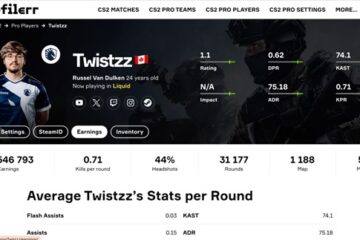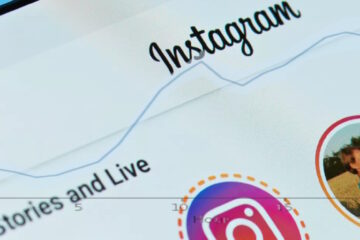Video has become an incredibly powerful tool for students to learn new skills and concepts. With websites like YouTube or Academized.com essay writing service providing easy access to educational videos on almost any topic, students today have a wealth of resources at their fingertips. Let’s explore some key ways students can take advantage of video content to enhance their learning experience.
The Power of Visual Learning
One major benefit of video is the ability to learn visually. For many students, watching someone demonstrate a process or work through an example is much more effective than reading about it in a textbook. Videos allow complex topics to be broken down step-by-step in an engaging way that simply isn’t possible with text alone. Math videos can show worked examples, science videos can illustrate experiments, and any type of hands-on skill like woodworking or coding can be taught incredibly effectively through video tutorials.
Flexibility and Convenience
Another advantage is the flexibility and convenience video provides. Students can learn at their own pace, rewatching sections they don’t understand and avoiding the one-and-done approach of a traditional lecture. If they need additional support, they can check out resources like those reviewed at https://www.jpost.com/special-content/best-essay-writing-services-top-8-paper-writing-websites-778969. They can watch videos on their own schedule, whether squeezing in a few minutes on the bus or bingeing an entire course over the weekend. And of course, video learning happens remotely, without any commuting or scheduling conflicts.
Strategies for Effective Video Learning
To get the most out of video learning, it’s important for students to be proactive and approach it with purpose. Simply hitting “play” won’t lead to much retention. Here are some tips:
Take Notes and Apply Concepts
Take notes while watching videos, just as you would in a classroom lecture. Pause frequently and ensure you understand each concept before moving on. After watching, try to put what you learned into practice. Work through practice problems, run coding examples, or even create your own video summarizing the key points.
Find Quality Educational Channels
Find a good educational YouTube channel aligned with the topics you need to learn. Some top channels to check out include Crash Course, Khan Academy, Freecodecamp, and MIT OpenCourseWare. Many universities also post full course recordings.
Adjust Playback Speed
Watch at an increased speed if the video seems too slow. Most players allow 1.25x or 1.5x speeds which can help get through lengthy videos more efficiently.
Use Videos as One Part of a Larger Strategy
Supplement videos with other learning materials. Don’t rely on videos alone – use them in conjunction with readings, problem sets, and other activities to reinforce understanding.
Creating Video Content
One creative way students use videos is to create their own as a study tool. Recording yourself explaining a concept out loud is a highly effective way to solidify your knowledge. Review these videos before tests or use them to teach topics to classmates.
Video assignments are also becoming more common, where students submit video presentations or video tutorials instead of traditional written papers. This forces students to really understand a topic inside and out.
Staying Focused with Videos
With so much video content out there, it’s easy to get distracted down rabbit holes. Make sure to have a plan and focus on videos directly relevant to what you need to learn. Avoid aimless browsing that only saps your time and attention.
The Future of Video Learning
Video is clearly not just a fad or supplemental tool for education. It is fundamentally reshaping how students acquire knowledge and skills. Advances in technology like virtual reality, interactive videos, and personalized learning platforms will only accelerate video’s disruption of traditional pedagogy.
As video production tools become more accessible, we’ll likely see a surge in user-generated educational video content from students themselves. This bottom-up approach of peer-to-peer video learning could be incredibly powerful.
Overall, videos should be one component of a comprehensive learning strategy, not a complete replacement for other activities. But when leveraged properly, video can be an incredible tool to enhance understanding, engagement, and retention. Take advantage of these tips to harness the full power of video for your studies. Learning has never been so accessible and multimedia-driven. Embrace the video revolution!





0 Comments